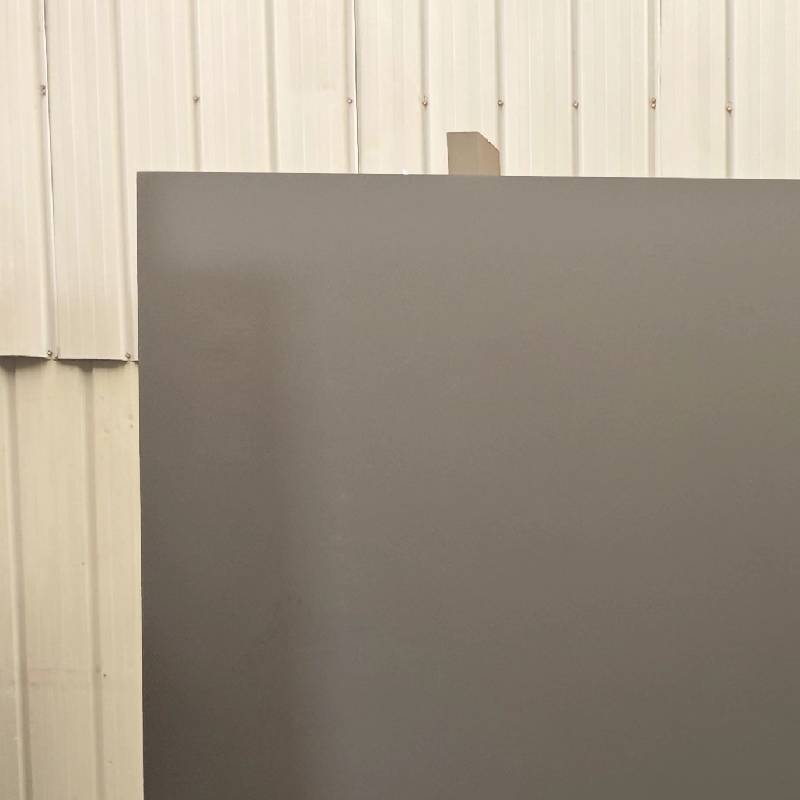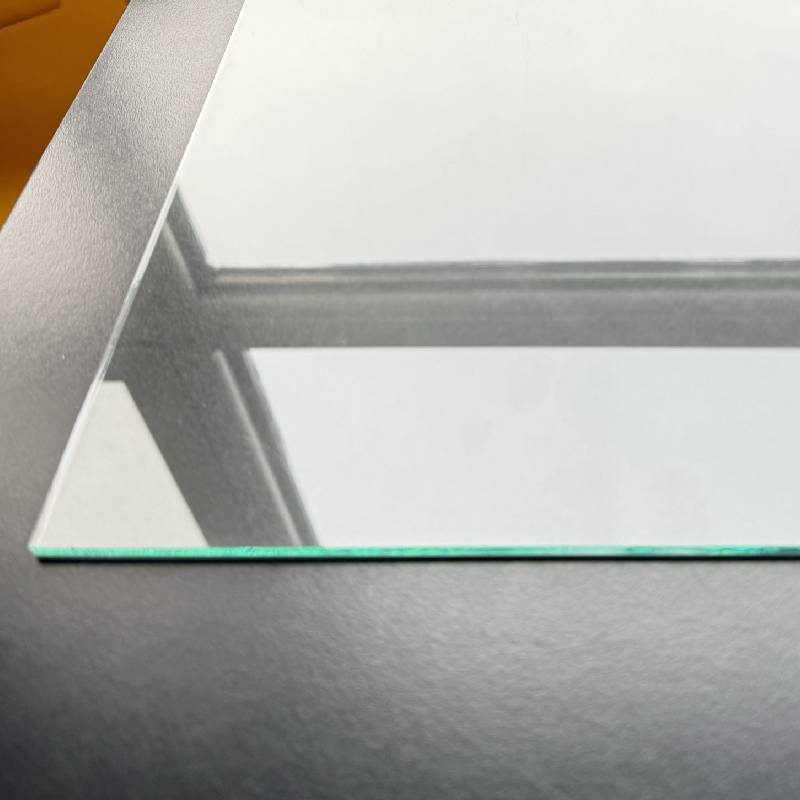Float glass, a staple in modern architecture and myriad industrial applications, is an innovative material with various types tailored to specific needs. Its versatility, precise manufacturing process, and broad range of functionalities make it invaluable across industries. Here, we delve into the unique characteristics of different types of float glass, offering insights and practical information to guide potential buyers and industry experts.

Clear Float Glass The most commonly used type, clear float glass, is prized for its transparency and minimal color distortion. It is produced by floating molten glass on a bed of molten tin, which results in a uniform thickness and superior optical clarity. Its primary applications include windows, facades, and furniture, offering a sleek and contemporary look while providing excellent light transmission.
Tinted Float Glass This type incorporates metal oxides during production to give the glass various hues like bronze, grey, green, or blue. Besides aesthetic appeal, tinted float glass reduces solar heat gain, minimizes glare, and enhances privacy without compromising natural light. It is a popular choice for architectural facades in warmer climates, where energy efficiency and solar control are critical.

Laminated Float Glass Known for its safety features, laminated float glass is created by sandwiching a layer of polyvinyl butyral (PVB) between two or more plies of glass. This composition holds the glass together in case of breakage, reducing injury risks and improving security. It is widely used in automotive windshields, skylights, and anywhere safety is paramount.
Tempered Float Glass By undergoing a heat-treatment process, tempered float glass is significantly stronger than standard glass. The rapid cooling after heating increases its surface tension, making it resilient to impact and thermal stress. In case of breakage, it disintegrates into pebble-like fragments, thus reducing injury risks. Common applications include shower doors,
glass doors, and storefronts.
types of float glass
Coated Float Glass This type features special coatings on its surface, providing additional properties such as low emissivity (Low-E) and reflective capabilities. Low-E coatings minimize heat transfer, enhancing thermal insulation while maintaining light entry. Reflective coatings selectively reflect radiation, reducing heat intake and improving energy efficiency in buildings.
Acid-Etched Float Glass Achieved by treating the glass surface with acidic substances, this type offers a smooth yet translucent surface that scatters light. The resulting finish is subtle and elegant, often used in interior partitions, doors, and where light diffusion is desired without sacrificing privacy.
Expert application and understanding of these types enable architects, builders, and designers to leverage their distinct benefits in both functional and aesthetic capacities. Professionals seeking high-quality outcomes must consider factors such as intended use, environmental conditions, and specific regulatory standards when selecting the appropriate type of float glass.
A crucial consideration in the supply chain is the reputation of glass manufacturers and suppliers. Opting for certified, established producers ensures quality and compliance with safety regulations. Moreover, technological advancements continue to drive innovation in float glass, promising new possibilities and enhanced performance in diverse applications.



